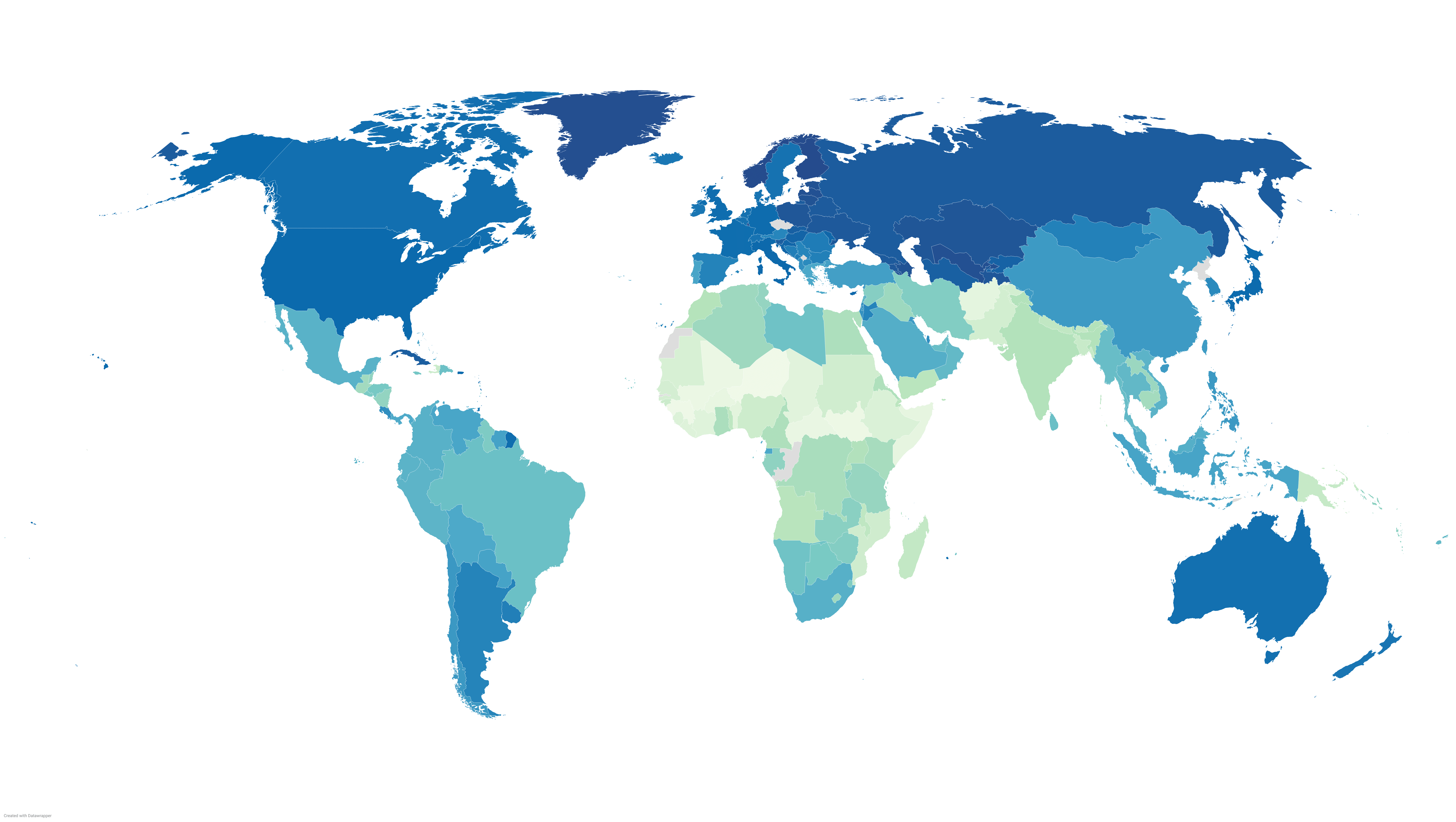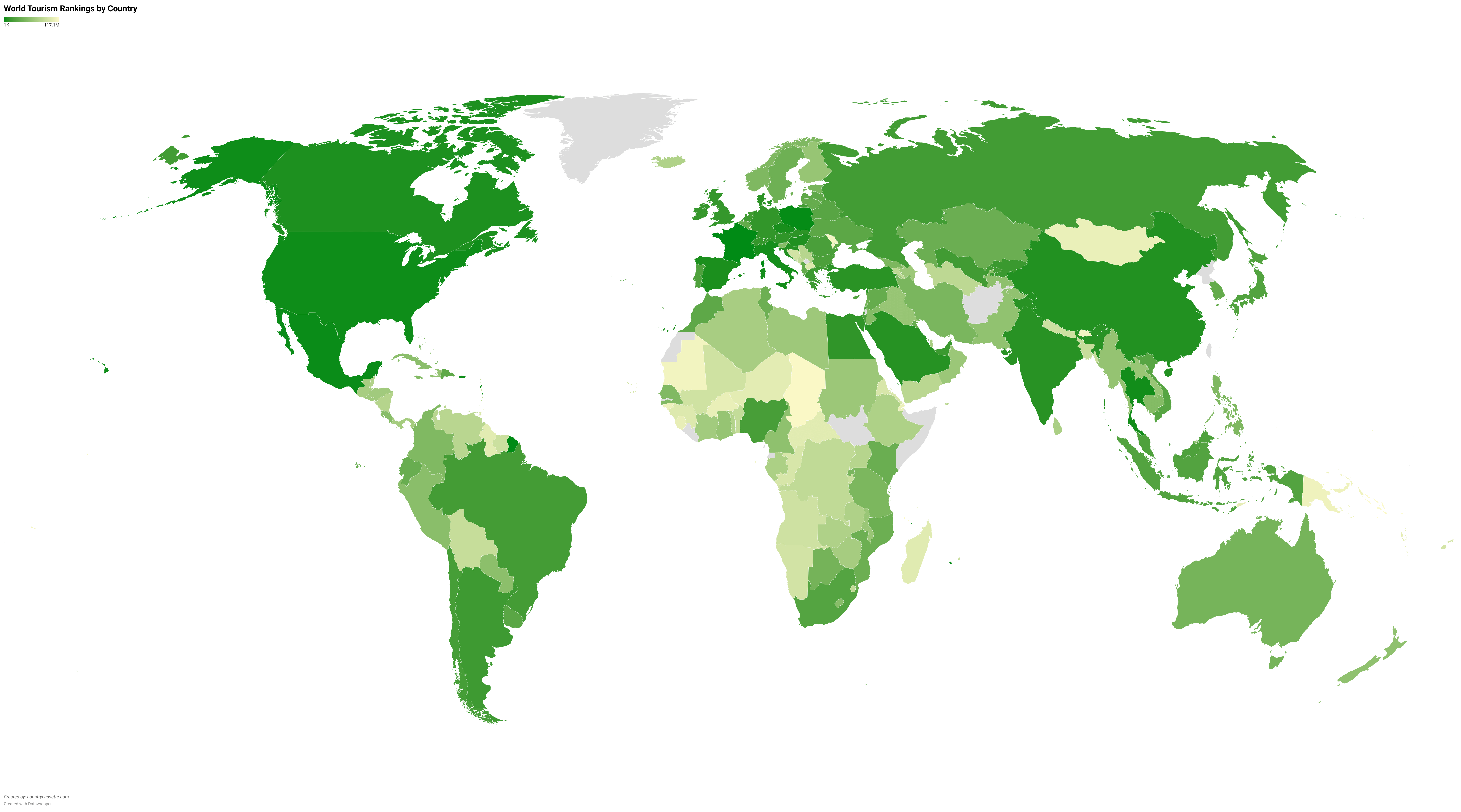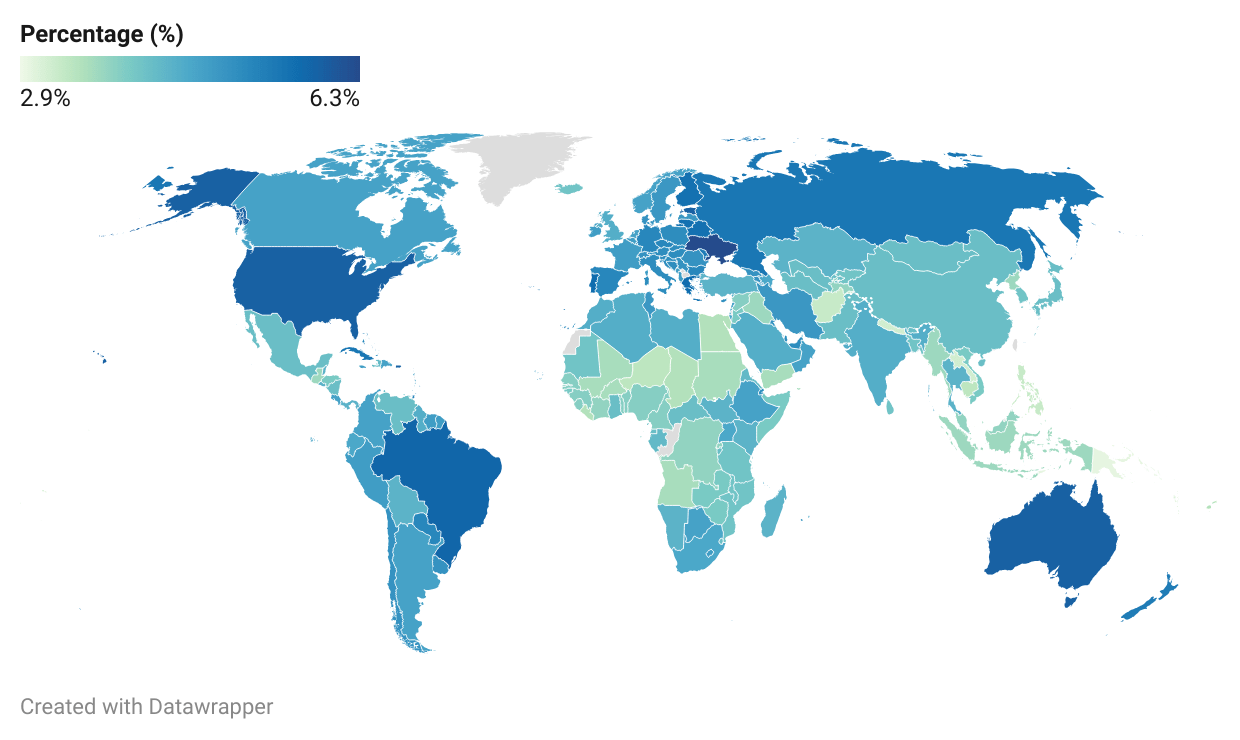Depression Rate by Country
Depression rates vary significantly across countries, reflecting complex societal and cultural factors. While some nations have made strides in mental health awareness and treatment accessibility, others still grapple with rising depression rates. Understanding these disparities is crucial to implement targeted interventions and support for individuals affected by this global mental health challenge.
Global Average 3.9 %
Depression Rate
Most Depressed Countries in the World
Rice production around the world is a critical component of agriculture, providing a staple food for billions of people and supporting economies globally. From Asia to the Americas, rice cultivation plays a significant role in food security and livelihoods.
Top 10 Countries with the Highest Rate of Depression:
While countries grappling with high depression rates are distributed across almost every continent, an interesting trend emerges in the Pacific Islands of Oceania, where many of the least-depressed places on Earth seem to be located:
Top 10 Countries with the Lowest Rate of Depression:
Table: Depression Rate by Country
Persistent Sadness: Feeling consistently sad, empty, or hopeless for most of the day.
Loss of Interest or Pleasure: Losing interest in activities that were once enjoyable, including hobbies and social interactions.
Changes in Sleep Patterns: Insomnia (difficulty sleeping) or hypersomnia (excessive sleeping) can be signs of depression.
Appetite Changes: Significant weight loss or gain due to changes in appetite.
Fatigue or Loss of Energy: Feeling constantly tired and lacking the energy to perform daily activities.
Feelings of Worthlessness or Guilt: Experiencing feelings of excessive guilt or feeling worthless.
Difficulty Concentrating: Trouble focusing, making decisions, or remembering things.
Irritability or Restlessness: Feeling easily irritated, restless, or agitated.
Physical Symptoms: Unexplained aches, pains, headaches, or digestive problems that don’t have a clear physical cause.
Isolation: Withdrawing from social activities and avoiding friends or family.
Suicidal Thoughts: In severe cases, individuals with depression may have thoughts of death or suicide. If you or someone you know is experiencing suicidal thoughts, it is critical to seek immediate professional help.
Genetic Predisposition: A family history of depression can increase the risk, suggesting a genetic component.
Brain Chemistry: Imbalances in neurotransmitters, such as serotonin and dopamine, play a role in mood regulation and can contribute to depression.
Trauma or Stressful Life Events: Childhood trauma, loss, or significant life stressors can trigger depression in susceptible individuals.
Chronic Medical Conditions: Certain illnesses, chronic pain, or long-term health issues can increase vulnerability to depression.
Drug and Alcohol Use: Substance abuse can contribute to or exacerbate depression.
Personality Traits: Certain personality traits, such as low self-esteem or excessive pessimism, may be associated with a higher risk.
Hormonal Changes: Hormonal fluctuations, such as those during pregnancy, postpartum, or menopause, can impact mood.
Social Isolation: Lack of a strong social support system or feelings of loneliness can contribute to depression.
Gender: Women are generally more prone to depression than men, and hormonal changes may play a role.
Age: Depression can occur at any age, but the risk may be higher in certain life stages, such as adolescence or later adulthood.
Psychotherapy: Counseling, including cognitive-behavioral therapy (CBT), can help individuals explore and address underlying issues contributing to depression.
Medication: Antidepressant medications, such as selective serotonin reuptake inhibitors (SSRIs) or serotonin-norepinephrine reuptake inhibitors (SNRIs), can be prescribed to regulate neurotransmitter levels.
Electroconvulsive Therapy (ECT): In severe cases or when other treatments are ineffective, ECT may be considered, particularly for individuals with severe depression.
Transcranial Magnetic Stimulation (TMS): TMS is a non-invasive procedure that uses magnetic fields to stimulate nerve cells and may be an option for treatment-resistant depression.
Lifestyle Changes: Regular exercise, a balanced diet, sufficient sleep, and stress management can positively impact mood and aid in depression management.
Support Groups: Joining support groups or engaging in social activities can provide a sense of connection and understanding.
Mindfulness and Meditation: Practices that focus on mindfulness and meditation can help manage stress and improve overall well-being.
Hospitalization: In acute cases where safety is a concern, hospitalization may be necessary to provide intensive treatment and support.
FAQs
Ukraine has a depression rate of 6.3% among its population, placing the country at the highest position globally for depression rates.
Based on depression rates, Ukraine has the worst mental health in the world. It has a national 6.3% rate of depression, which is the highest in the world.
The Solomon Islands boast the lowest depression rates globally, with only 2.9% of the population experiencing depression.





